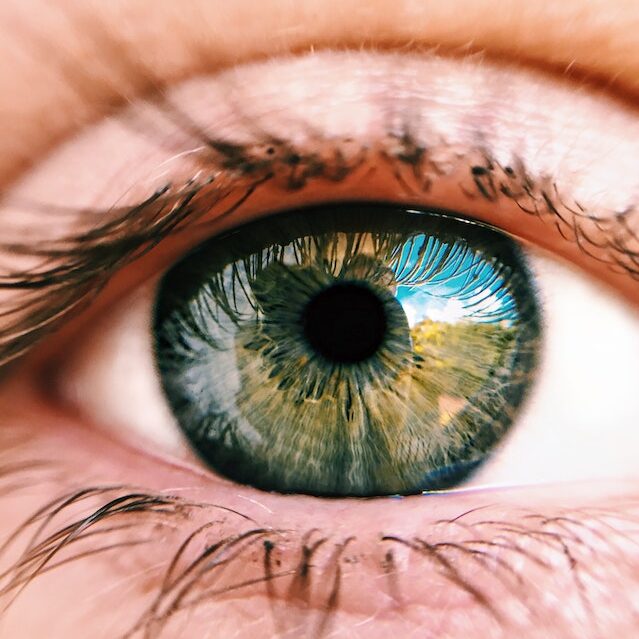Vision and Mission are two of the most misused and therefore meaningless words in business. But it doesn’t have to, and shouldn’t, be that way.
I’m hosing a client retreat next week and a significant part of it is to be dedicated to developing their Vision and Mission. It is interesting, when I’m talking to a prospective client and say that we will develop a Vision and Mission through our work together, no one questions the need or value of doing so. At the same time, no one really has a clear idea of what these words actually mean.
Fortunately for them—and especially for me!—I have clarity on not only Vision and Mission thanks to the work of Derek and Laura Cabrera of the Cabrera Research Lab at Cornell University.
Thanks to that work I also have a clear connection from Vision and Mission to the other key components of a successful 21st Century business: Capacity and Learning. These form a framework for understanding and operating a business in a VUCA world. That is, in a world that is Volatile, Uncertain, Complex, and Ambiguous, you need to ensure that your Capacity for action is aligned to your Mission and Vision, and that you integrate Learning into the whole.
The VMCL model resonated with me the first time I heard of it in January 2022 on episode 152 of the Economics for Business podcast. I’ve used it since then and have come to appreciate it even more. But, in preparing the pre-read materials for a client retreat next week, I was surprised to learn that I’ve never blogged about it. Well, that won’t be the case after today!
VMCL – Vision, Mission, Capacity, and Learning
VMCL represents the four functions of organizations that leaders can use to better design, manage, and bring about cultural change in any organization. VMCL is an acronym that stands for: Vision, Mission, Capacity, and Learning. Vision is the long term goal of the organization, or desired future state the organization hopes to bring about. An organization’s Mission articulates the repeated actions (or daily work) needed to achieve the vision. Capacity refers to the readiness of an organization’s systems to carry out its mission. The organization also needs to grow by accepting feedback from the external environment, which is how it learns.
– VMCL – Vision, Mission, Capacity, and Learning: The Four Functions of Systems Leadership
Vision (V)
Desired future state or goal
Mission (M)
Repeatable actions that bring about the vision
Capacity (C)
Systems that provide readiness to execute the mission
Learning (L)
Continuous improvement of systems of capacity based on feedback from the external environment
– From the great book, Flock Not Clock by Derek Cabrera and Laura Cabrera.
I’ve fully embraced and adopted the model of a business as a complex adaptive system. Itself made up of other complex adaptive systems. Down to the relationships between individuals, be they employees, customers, partners, competitors …
In a complex adaptive system, the relationship between inputs and outputs is not deterministic. The effects observed from an input on Monday may be completely different than those observed the previous Thursday. Or an input that has had no measurable effect dozens, hundreds, or thousands of times, may ultimately produce an enormous reaction.
A a systems thinking approach is necessary to operate in such a wicked domain.
In wicked domains, the rules of the game are often unclear or incomplete, there may or may not be repetitive patterns and they may not be obvious, and feedback is often delayed, inaccurate or both.
– David Epstein, Range
VUCA and LAMO
| VUCA World | LAMO Thinking |
|---|---|
| Volatile, Uncertain, Complex, Ambiguous | Linear, Anthropocentric, Mechanistic, Ordered |
| The real world is … | Yet we … |
| nonlinear | think in linear ways |
| agnostic about human endeavors | tend to look at things through a human-centered (anthropocentric) lens |
| adaptive and organic | tend to think mechanistically¹ |
| networked and complex with a sprinkling of randomness | think of things in ordered categories and hierarchies |
1: consider the metaphors we use, e.g.: “the universe is like a clockwork”, “the mind is like a computer”
Systems Thinking and DSRP
VMCL both requires and facilitates systems thinking in our approach to our business (all aspects of it). We need a systems thinking approach because we are in a VUCA world and it helps us avoid our LAMO bias. (While LAMO is the natural attraction / default instinct for most people, it is counter productive in the long-run; even if it provides some short-run comfort.)
Systems thinking is needed to make sense of the complex adaptive systems that make up our business. It comes about by applying four simple rules, DSRP:
- Distinctions
- Systems of parts and wholes
- Relationships
- using different Perspectives
By applying DSRP and systems thinking, we enable an operating model in which autonomous agents (typically people) can follow simple rules based on what’s happening locally around them. The result, or emergent property, of such simple rules, is that the whole is able to respond to the unpredictable and unplanned-for with greater speed, agility, and correctness² than is possible with centralized control. The unique “local actions” of each agent, still all in alignment to a common Vision, is what enables some organizations to repeatedly innovate and thrive in the face of adversity that weakens or even destroys their peers.
2: considered with respect to alignment to the Vision and Mission
What Next?
The Flock Not Clock book and the links to the Cabrera Research Lab site above (i.e. VMCL Primer and Systems Thinking in 7 Images) are great resources. The VMCL Amoeba video (below) is also an easy introduction. But if you’d rather not become an expert yourself, but simply benefit from these ideas in your business, get in touch with me!
